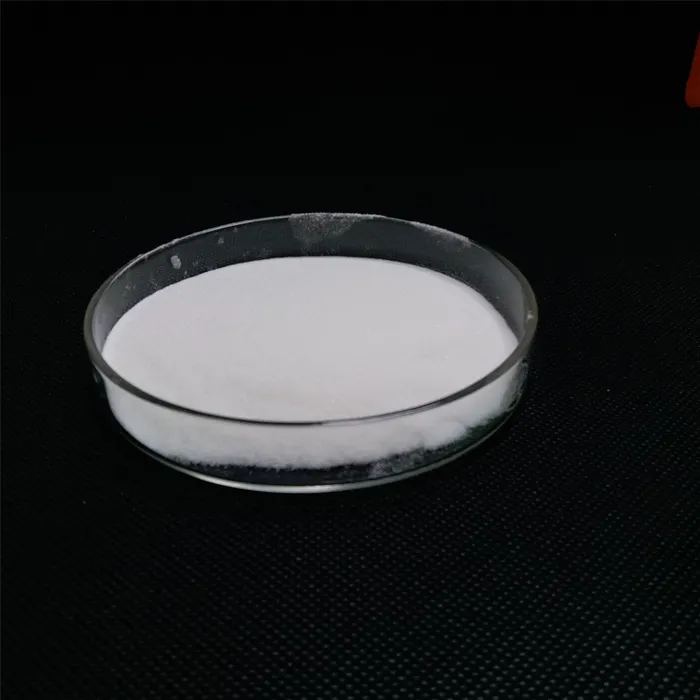Understanding Additives Used in Plastics
Plastics have become ubiquitous in modern life, playing crucial roles in daily products, from packaging and containers to automotive parts and medical devices. However, the versatility of plastics comes not only from the base polymers but also from the various additives that enhance their properties and functionality. This article delves into the different types of additives used in plastics, their purposes, and the implications for safety and sustainability.
Types of Additives
1. Stabilizers One of the primary types of additives are stabilizers, which help protect plastics from degradation caused by environmental factors such as UV light, heat, and oxygen. Without stabilizers, plastics can become brittle or discolored over time. Common stabilizers include UV absorbers, antioxidants, and heat stabilizers. For example, calcium stearate is often used as a heat stabilizer in polyvinyl chloride (PVC), ensuring that it retains its strength and durability during processing and in use.
2. Plasticizers These additives are primarily used to increase the flexibility and workability of plastics. By embedding themselves between polymer chains, plasticizers reduce intermolecular forces, making the material more pliable. Phthalates are among the most widely used plasticizers, particularly in PVC products. However, due to health concerns over certain phthalates, the industry is gradually shifting towards safer alternatives like citrate esters.
3. Fillers Fillers are added to plastics to reduce costs and enhance certain properties. They can improve strength, thermal stability, and decrease density. Common fillers include talc, calcium carbonate, and glass fibers. Notably, fillers can also affect the appearance of the final product, either by altering the texture or color. However, the use of fillers must be balanced, as excessive amounts may adversely affect plastic's integrity and performance.
4. Flame Retardants Given the increasing concerns over fire safety, flame retardants are critical additives in many applications, especially in electronics, textiles, and building materials. These substances minimize the risk of ignition and the spread of flames, allowing consumers additional time to react in case of a fire. However, certain flame retardants have come under scrutiny for their environmental and health impacts, stirring discussions about regulatory actions and the development of safer alternatives.
additives used in plastics

5. Colorants Colorants such as dyes and pigments provide aesthetic appeal to plastic products. They enable customization and branding, allowing companies to differentiate their products in the market. Colorants not only influence appearance but can also impact other properties, such as UV resistance and heat absorption. However, ensuring that colorants are safe and non-toxic is critical, especially in applications involving food packaging and children's toys.
Safety and Environmental Considerations
As the demand for plastics grows, so does the scrutiny of the additives used in their production. Regulatory bodies are increasingly setting strict guidelines to ensure that the additives do not pose health risks. For instance, the European Union's REACH regulation requires comprehensive testing of chemicals used in manufacturing.
Environmental sustainability is another hot topic concerning plastic additives. Many traditional additives, such as certain plasticizers and flame retardants, have been linked to long-term environmental pollution and bioaccumulation. Consequently, manufacturers are exploring bio-based additives and sustainable practices. The development of biodegradable plastics and additives represents a promising direction for minimizing environmental impact.
Conclusion
The integration of additives in plastic production is essential for enhancing performance and extending the utility of plastics across various sectors. However, the ongoing discussions about safety, health, and environmental impacts necessitate that manufacturers continuously innovate and seek safer alternatives. By focusing on sustainability and regulatory compliance, the plastics industry can strive for a future that balances utility with environmental responsibility. Understanding the role of additives not only informs consumers but also empowers them to make safer, more informed choices in the marketplace, encouraging a more sustainable future for plastics.

